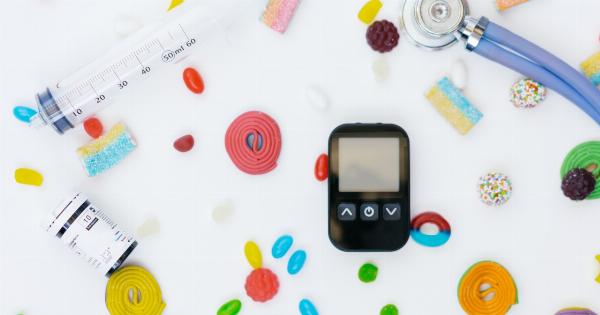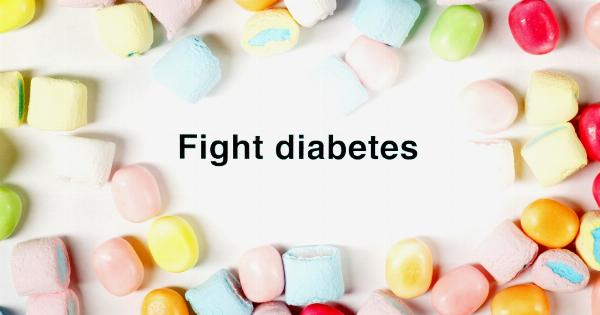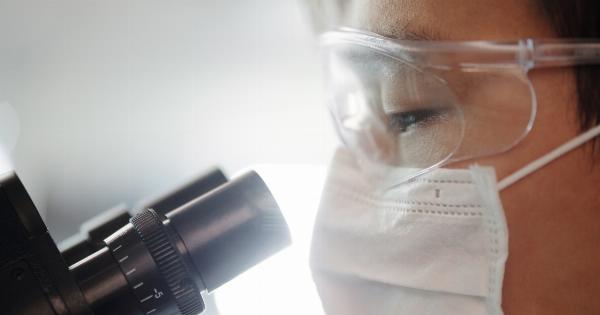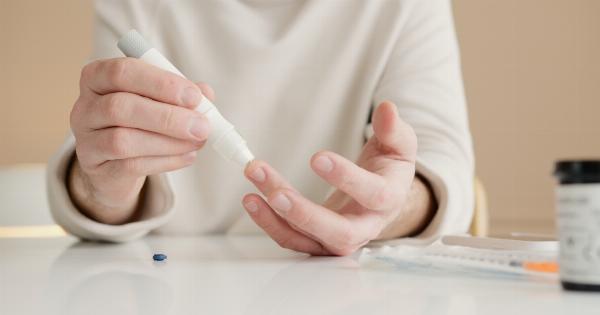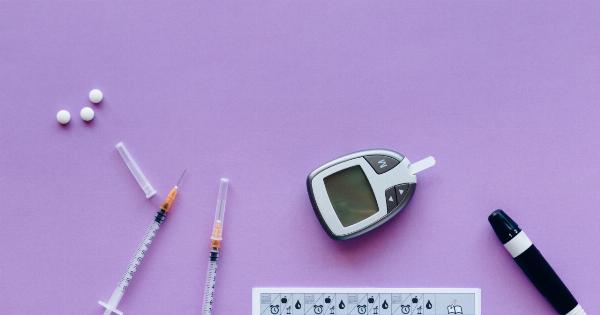Liglutide is a glucagon-like peptide-1 (GLP-1) receptor agonist that is commonly used to treat type 2 diabetes.
It is a subcutaneously administered, long-acting medication that lowers blood glucose levels by stimulating insulin secretion and suppressing glucagon production in the pancreas. Despite its well-documented glucose-reducing effects, recent studies show that liglutide may also increase glucagon levels, a surprising finding that has generated renewed interest in this medication.
Glucagon and Liglutide
Glucagon is a hormone that is produced by the pancreas and plays a crucial role in glucose regulation. It acts in opposition to insulin, stimulating the liver to release glucose into the bloodstream when blood glucose levels are low.
While it is essential for maintaining glucose homeostasis, excessive glucagon secretion can lead to hyperglycemia, a hallmark of diabetes.
Liglutide, on the other hand, is an analog of the human GLP-1 hormone that binds to GLP-1 receptors in the pancreas, promoting insulin secretion and inhibiting glucagon release.
It has been shown to have potent glucose-lowering effects in patients with type 2 diabetes, and is also approved for the treatment of obesity.
Surprising Increase in Glucagon Levels
In a recent study published in the journal Diabetes, researchers found that liglutide may increase glucagon levels in some patients.
The study involved 27 individuals with type 2 diabetes who received a 12-week treatment of either liglutide or a placebo.
The researchers measured glucagon levels in the participants before and after the treatment using a glucagon-specific immunoassay.
They found that while glucagon levels decreased in the liglutide group as expected, they actually increased in some participants by up to 40%. This increase was correlated with a decrease in insulin secretion, suggesting that liglutide may have a direct effect on alpha cells in the pancreas, which produce glucagon.
Possible Mechanisms of Action
The exact mechanism by which liglutide increases glucagon levels is not yet understood. However, several hypotheses have been proposed:.
- Liglutide may directly stimulate alpha cells in the pancreas to produce more glucagon.
- Liglutide may interfere with the feedback loop that normally inhibits glucagon secretion in response to insulin.
- Liglutide may downregulate GLP-1 receptors on beta cells in the pancreas, leading to a decrease in insulin secretion and an increase in glucagon release.
Implications for Diabetes Treatment
The finding that liglutide may increase glucagon levels has significant implications for the treatment of type 2 diabetes.
While the increase in glucagon levels observed in the study was small and may not have a significant impact on glucose regulation, it raises the possibility that some patients may not respond well to liglutide therapy.
This underscores the importance of individualized treatment for diabetes, as well as the need for further research to better understand the effects of liglutide on glucagon secretion.
Conclusion
Liglutide is a widely used medication for the treatment of type 2 diabetes that has been shown to improve glucose regulation by stimulating insulin secretion and suppressing glucagon release.
However, recent studies suggest that liglutide may also increase glucagon levels in some patients, a surprising finding that has generated renewed interest in this medication. While the clinical significance of this increase in glucagon levels is not yet clear, it underscores the need for individualized treatment for diabetes and further research on the effects of liglutide on glucagon secretion.


